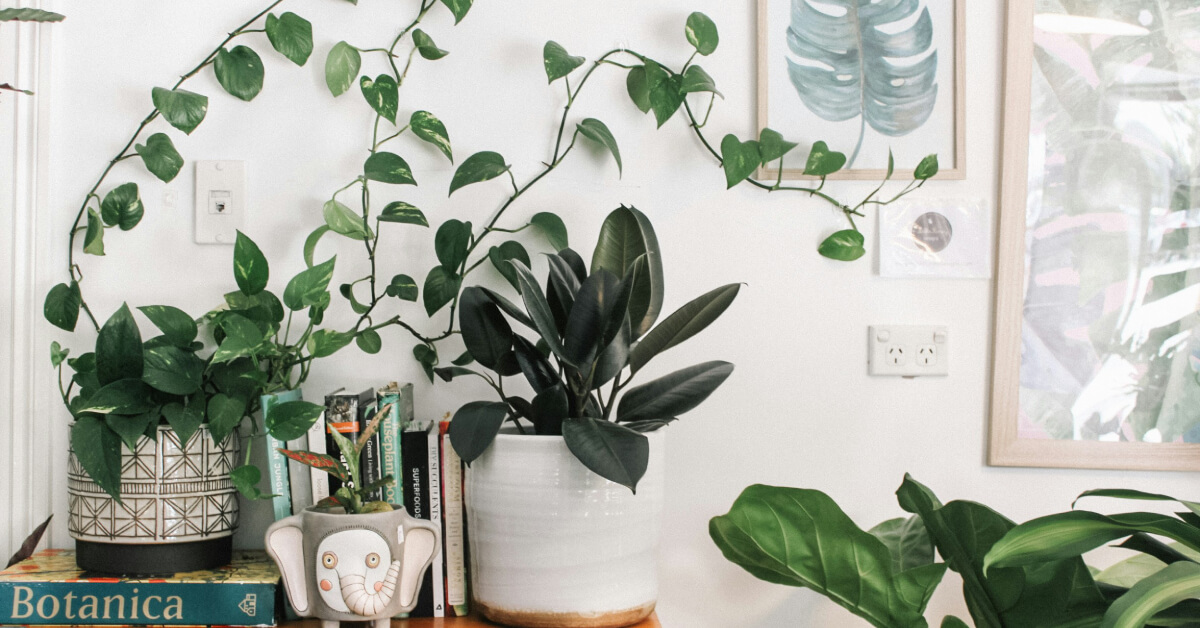Understanding plant care labels is essential for successful indoor gardening. These small tags contain crucial information that can make the difference between thriving plants and struggling ones. Whether you’re deciphering plant care symbols, understanding indoor plant labels, or learning what those mysterious plant tag symbols mean, this comprehensive guide covers everything you need to know.
Why Plant Care Labels Are Essential for Indoor Plant Success
Plant care labels serve as your plant’s instruction manual, providing vital information about light requirements, watering needs, humidity preferences, and safety warnings. These indoor plant labels eliminate guesswork and help prevent common mistakes that lead to plant failure.
Professional nurseries and plant retailers use standardized plant care symbols to communicate complex care requirements quickly and effectively. By learning to read these plant label symbols, you’ll be able to:
- Choose the right location for your plants
- Establish proper watering schedules
- Maintain appropriate humidity levels
- Ensure pet and family safety
- Provide optimal growing conditions
Ignoring plant care labels often results in overwatering, inadequate light exposure, or placing toxic plants where children or pets can access them. Understanding these symbols is your first step toward becoming a successful plant parent.
Complete Guide to Plant Care Symbols and Their Meanings
Light Requirement Symbols on Plant Labels
Light is the most critical factor in plant health, and plant care labels use specific symbols to indicate each plant’s lighting needs.
Full Sun Symbol (☀️ or Bright Circle)
What it means: Plants need 6+ hours of direct sunlight daily
Best locations: South-facing windows, sunrooms, or outdoor patios
Common plants: Succulents, cacti, geraniums, herbs like basil and rosemary
Care tip: Rotate these plants weekly to ensure even growth
Bright Indirect Light Symbol (☀️ with Lines or Filtered Sun)
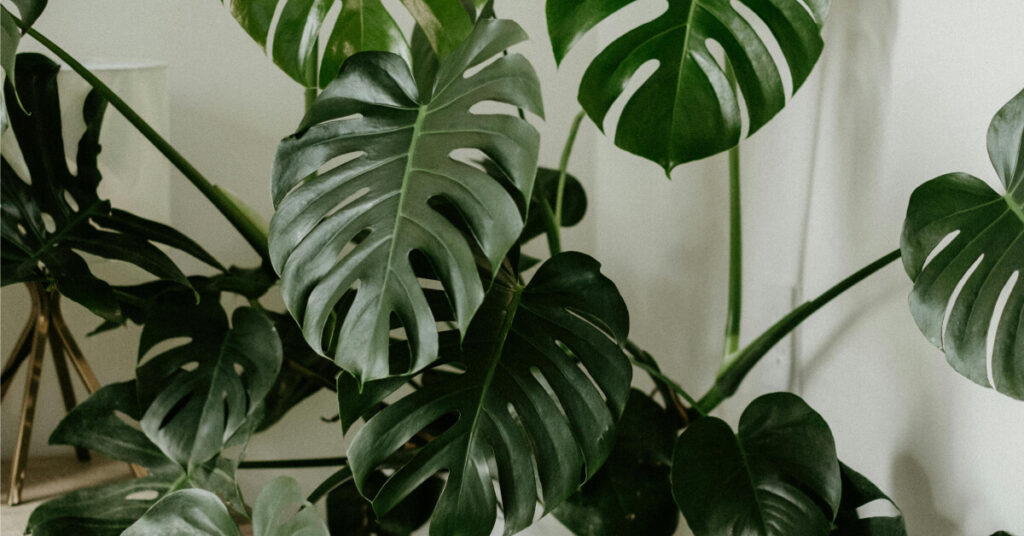
What it means: Plants need bright light but not direct sun rays
Best locations: East or west-facing windows, or south windows with sheer curtains
Common plants: Monstera, Rubber Plant, Fiddle Leaf Fig, Snake Plant
Care tip: Place 3-6 feet from bright windows to avoid leaf burn
Low Light Symbol (Half Moon or Shaded Circle)
What it means: Plants tolerate minimal natural light
Best locations: North-facing windows, offices, bathrooms, hallways
Common plants: Pothos, ZZ Plant, Cast Iron Plant, Chinese Evergreen
Care tip: These plants still need some light; complete darkness will cause decline
Partial Sun/Shade Symbol (Half Sun, Half Shade)
What it means: Plants need 3-6 hours of direct sunlight
Best locations: East-facing windows or areas with morning sun
Common plants: African Violets, Begonias, some ferns
Care tip: Ideal for transitional spaces between bright and low light areas
Watering Symbols on Indoor Plant Labels
Proper watering is crucial for plant health, and plant care symbols clearly indicate each plant’s water needs.
High Water Needs Symbol (Multiple Water Drops)
What it means: Keep soil consistently moist but not waterlogged
Watering frequency: 1-2 times per week, depending on season
Common plants: Ferns, Peace Lily, Calathea, Baby’s Tears
Care tip: Use your finger to check soil moisture 1 inch deep
Moderate Water Needs Symbol (Single or Double Water Drop)
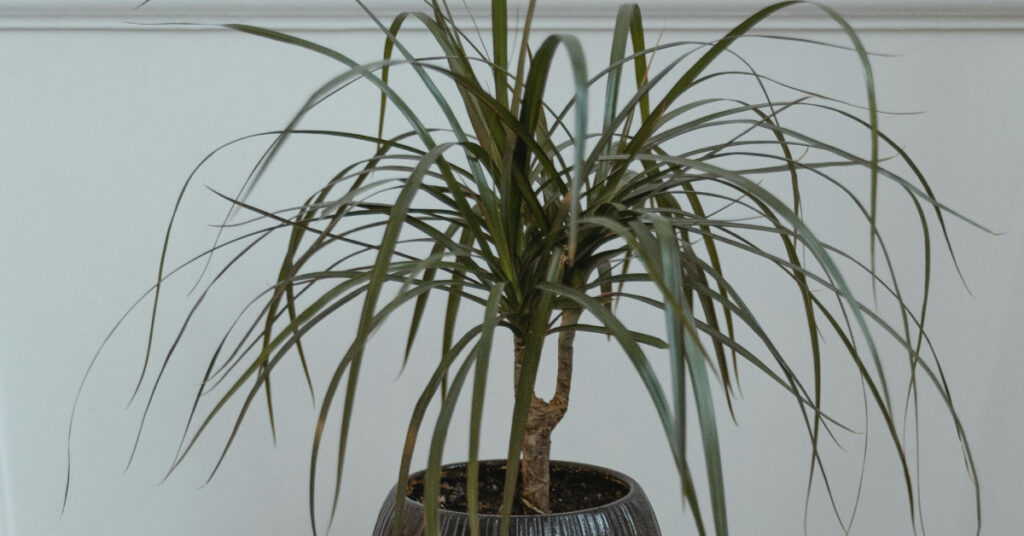
What it means: Allow top inch of soil to dry between waterings
Watering frequency: Every 7-10 days in growing season
Common plants: Pothos, Spider Plant, Philodendron, Dracaena
Care tip: Adjust frequency based on season and humidity levels
Low Water Needs Symbol (Water Drop with X or Cactus)
What it means: Allow soil to dry completely between waterings
Watering frequency: Every 2-4 weeks, less in winter
Common plants: Succulents, cacti, Snake Plant, ZZ Plant
Care tip: Overwatering is more dangerous than underwatering for these plants
Drought Tolerant Symbol (Cactus or Water Drop with Slash)
What it means: Plants can survive extended periods without water
Watering frequency: Monthly or less, depending on conditions
Common plants: Aloe Vera, Jade Plant, Echeveria, Barrel Cactus
Care tip: Water deeply but infrequently to encourage strong root systems
Humidity Symbols on Plant Care Labels
Humidity requirements vary significantly among houseplants, and plant tag symbols help you understand these needs.
High Humidity Symbol (Water Drops Rising or Mist Cloud)
What it means: Plants need 50-60% humidity or higher
Best locations: Bathrooms, kitchens, or near humidifiers
Common plants: Calathea, Boston Fern, Orchids, Air Plants
Care tip: Use pebble trays or group plants together to increase humidity
Moderate Humidity Symbol (Few Water Drops or Standard Home)
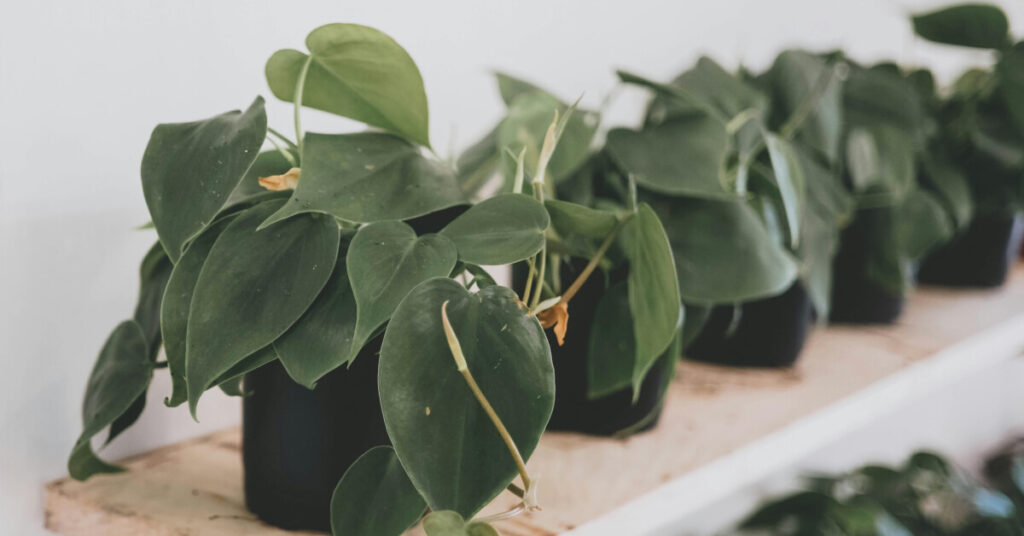
What it means: Plants adapt to typical indoor humidity (30-50%)
Best locations: Most rooms in average homes
Common plants: Pothos, Philodendron, Spider Plant, Rubber Plant
Care tip: These adaptable plants rarely need humidity adjustments
Low Humidity Symbol (Single Drop or Desert Scene)
What it means: Plants prefer dry air conditions
Best locations: Heated rooms, areas with good air circulation
Common plants: Succulents, cacti, Snake Plant, ZZ Plant
Care tip: Avoid misting these plants as excess moisture can cause problems
Temperature Symbols on Indoor Plant Labels
Temperature preferences are indicated by specific plant care symbols that help you place plants in appropriate locations.
Warm Temperature Symbol (Thermometer with High Reading)
What it means: Plants prefer temperatures 65-80°F (18-27°C)
Best locations: Living rooms, bedrooms, away from drafts
Common plants: Tropical plants, Fiddle Leaf Fig, Croton, Anthurium
Care tip: Avoid placing near heating vents or air conditioning units
Cool Temperature Symbol (Thermometer with Low Reading)
What it means: Plants tolerate cooler conditions 50-65°F (10-18°C)
Best locations: Unheated rooms, basements, enclosed porches
Common plants: Cast Iron Plant, Aspidistra, some ferns
Care tip: These plants often go dormant in winter and need less water
Temperature Sensitive Symbol (Thermometer with Warning)
What it means: Plants are sensitive to temperature fluctuations
Best locations: Stable temperature areas away from doors and windows
Common plants: Orchids, African Violets, sensitive tropical plants
Care tip: Maintain consistent temperatures and avoid cold drafts
Fertilizer Symbols on Plant Labels
Nutritional needs are communicated through specific plant care symbols that indicate feeding requirements.
Heavy Feeder Symbol (Multiple Nutrient Drops or NPK)
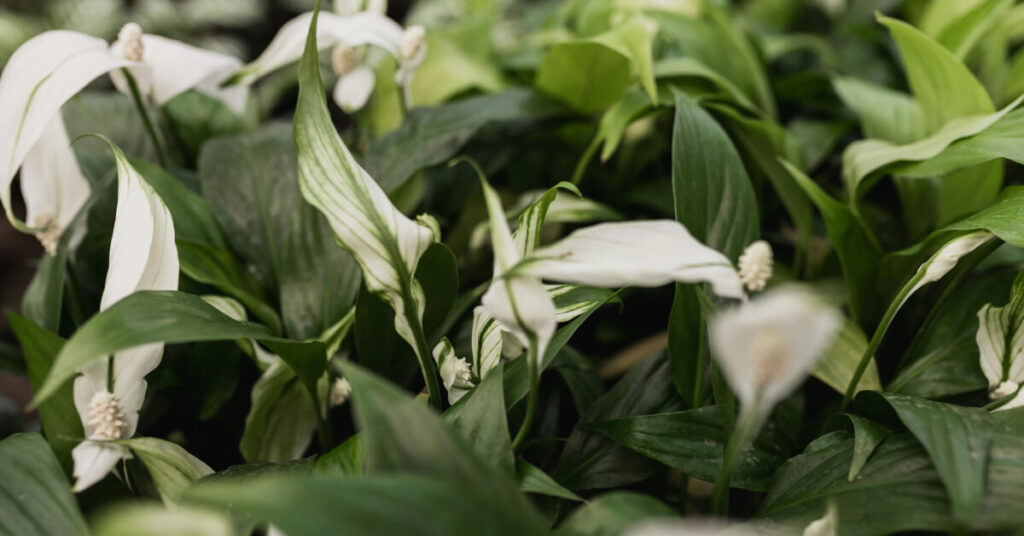
What it means: Plants need regular fertilization during growing season
Feeding schedule: Monthly during spring and summer
Common plants: Peace Lily, Ferns, flowering plants, fast-growing varieties
Care tip: Use diluted liquid fertilizer to avoid burning roots
Moderate Feeder Symbol (Single Nutrient Drop)
What it means: Plants benefit from occasional fertilization
Feeding schedule: Every 2-3 months during growing season
Common plants: Pothos, Philodendron, most tropical houseplants
Care tip: Reduce or stop fertilizing in fall and winter
Light Feeder Symbol (Minimal Nutrient Indicator)
What it means: Plants need minimal fertilization
Feeding schedule: 1-2 times per year maximum
Common plants: Snake Plant, ZZ Plant, most succulents
Care tip: Over-fertilizing can harm these plants more than under-fertilizing
Pet Safety Symbols on Plant Care Labels
For pet owners, toxicity symbols are among the most important plant label symbols to understand.
Toxic Symbol (Skull and Crossbones or Warning Triangle)
What it means: Plant contains compounds harmful to pets or humans
Safety level: Keep away from children and pets
Common plants: Pothos, Peace Lily, Philodendron, Dieffenbachia
Care tip: Place on high shelves or in rooms pets cannot access
Pet-Safe Symbol (Paw Print with Check Mark)
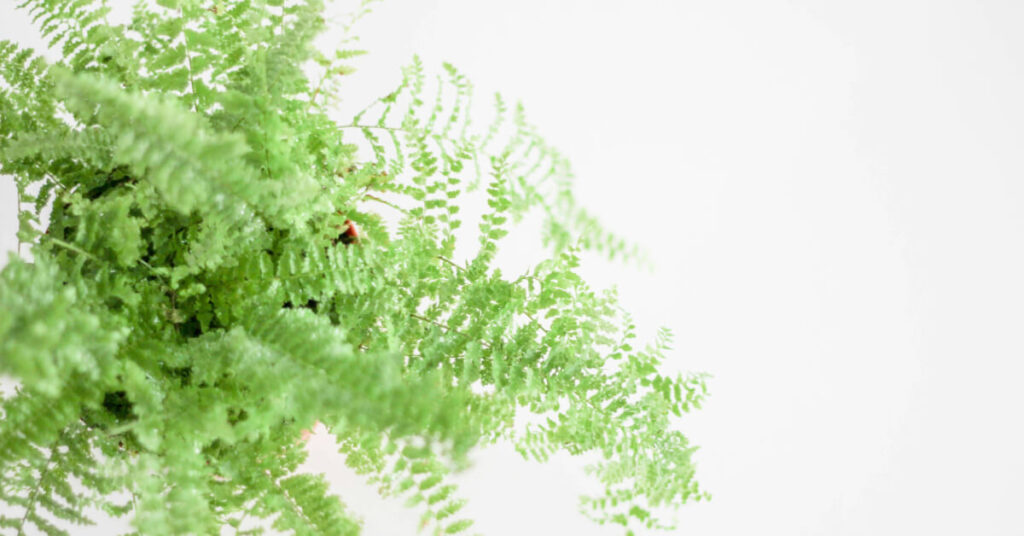
What it means: Plant is generally safe for cats and dogs
Safety level: Low risk if accidentally ingested in small amounts
Common plants: Spider Plant, Boston Fern, Areca Palm, Ponytail Palm
Care tip: Even safe plants can cause mild stomach upset if eaten in large quantities
Mildly Toxic Symbol (Caution Triangle)
What it means: Plant may cause mild irritation or discomfort
Safety level: Monitor pets but not immediately dangerous
Common plants: Some succulents, certain ferns
Care tip: Watch for signs of mouth irritation or digestive upset
Plant Care Symbol Quick Reference Table
| Symbol Type | High Need | Moderate Need | Low Need | Special Notes |
|---|---|---|---|---|
| Light | Full sun (6+ hours) | Bright indirect | Low light | Avoid sudden changes |
| Water | Keep moist | Dry between waterings | Drought tolerant | Check soil moisture |
| Humidity | 50-60%+ | 30-50% | Low humidity | Group plants for higher humidity |
| Temperature | 65-80°F | 60-75°F | 50-65°F | Avoid drafts and heat sources |
| Fertilizer | Monthly feeding | Seasonal feeding | Annual feeding | Reduce in winter |
| Pet Safety | Toxic | Mildly toxic | Pet-safe | Always supervise pets |
How to Read Plant Care Labels Like a Pro
Understanding plant care labels involves more than just recognizing individual symbols. Here’s how to interpret the complete information:
Step 1: Identify the Plant Type
Most plant labels include the common name and scientific name. The scientific name helps you research specific care requirements and identify the plant family.
Step 2: Assess Your Environment
Before purchasing, evaluate your home’s conditions:
- Available light levels in different rooms
- Typical humidity levels
- Temperature stability
- Presence of pets or small children
Step 3: Match Symbols to Your Space
Use the plant care symbols to determine if your environment matches the plant’s needs. Don’t assume you can easily change your home’s conditions to suit a plant.
Step 4: Plan Your Care Routine
Create a care schedule based on the watering, fertilizing, and maintenance symbols on the label. Set reminders for regular care tasks.
Step 5: Monitor and Adjust
Plant care labels provide starting points, but you may need to adjust care based on your specific conditions and the plant’s response.
Common Plant Care Symbol Mistakes to Avoid
Misinterpreting Light Requirements
Mistake: Placing “bright indirect light” plants in direct sun
Solution: Understand that bright indirect light means near a window but not in direct sun rays
Overwatering Based on Symbols
Mistake: Watering on a fixed schedule regardless of soil moisture
Solution: Use symbols as guides but always check soil moisture first
Ignoring Seasonal Changes
Mistake: Maintaining the same care routine year-round
Solution: Adjust watering and fertilizing based on seasonal growth patterns
Assuming All Plants Are the Same
Mistake: Using the same care routine for all your plants
Solution: Group plants with similar needs and create targeted care routines
Advanced Plant Care Label Information
Seasonal Care Variations
Many plant labels now include seasonal care instructions:
- Spring: Increase watering and begin fertilizing
- Summer: Maintain active growing season care
- Fall: Reduce fertilizing and prepare for dormancy
- Winter: Decrease watering and stop fertilizing most plants
Repotting Indicators
Some labels include repotting symbols:
- Pot with Arrow: Repot annually
- Pot with Clock: Repot every 2-3 years
- Pot with X: Prefers to be root-bound
Propagation Information
Advanced labels may include propagation symbols:
- Cutting Icon: Propagate from stem cuttings
- Division Symbol: Propagate by root division
- Seed Icon: Grow from seeds
Find the easiest propagation methods here!
Digital Plant Care Labels and Apps
Modern plant care is evolving with technology. Some nurseries now use:
- QR codes linking to detailed care instructions
- Plant identification apps that provide care symbols
- Digital plant tags with care reminders and tracking
Creating Your Own Plant Care System
Organize by Care Requirements
Group plants with similar needs:
- High-maintenance area: Frequent watering, high humidity plants
- Low-maintenance area: Drought-tolerant, low-light plants
- Moderate-care area: Plants with average requirements
Use Color-Coded Systems
Create your own symbol system:
- Red tags: High-maintenance plants
- Yellow tags: Moderate-care plants
- Green tags: Low-maintenance plants
Track Care History
Keep records of:
- Watering dates and amounts
- Fertilizing schedule
- Repotting dates
- Growth progress and any problems
Mastering Plant Care Labels for Indoor Garden Success
Understanding plant care labels and their symbols is fundamental to successful indoor gardening. These small tags contain decades of horticultural knowledge condensed into easy-to-read symbols that guide you toward proper plant care. By learning to interpret plant care symbols for light, water, humidity, temperature, fertilizer, and safety requirements, you eliminate guesswork and dramatically improve your chances of maintaining healthy, thriving plants.
Whether you’re a beginner learning to decode your first plant tag symbols or an experienced gardener expanding your knowledge, plant care labels serve as invaluable references throughout your plant parenting journey. They help you choose appropriate plants for your environment, establish proper care routines, and avoid common mistakes that lead to plant failure.
The key to success lies in matching plant requirements shown on labels to your home’s conditions, rather than trying to drastically change your environment to suit unsuitable plants. Use these symbols as your guide, but remember that every plant is unique and may need slight adjustments based on your specific conditions and seasonal changes.
By mastering the art of reading plant care labels, you’re investing in the long-term health and beauty of your indoor garden. These symbols represent the collective wisdom of professional growers and plant scientists, offering you the best chance at creating a thriving indoor oasis that brings joy and natural beauty to your home.

Frequently Asked Questions About Plant Care Labels
What do the symbols on plant care labels mean?
Plant care labels use standardized symbols to communicate essential care requirements. The most common symbols include:
- Sun symbols (☀️, half circles, or rays) indicate light requirements from full sun to low light
- Water drops show watering needs, with multiple drops meaning frequent watering and single drops indicating moderate needs
- Thermometer icons represent temperature preferences
- Humidity symbols (mist clouds or water vapor) show moisture requirements
- Warning triangles or skulls indicate toxicity levels for pets and children
- Leaf or nutrient symbols represent fertilizer needs
Each symbol provides specific guidance to help you create optimal growing conditions for your plants.
How do I know if my plant needs full sun or partial shade?
Plant labels use distinct symbols to indicate light requirements:
Full sun plants are marked with bright, complete sun symbols (☀️) and need 6+ hours of direct sunlight daily. Place these near south-facing windows or in bright sunrooms.
Partial shade plants show half-sun symbols or filtered light icons, requiring 3-6 hours of direct sun or bright indirect light throughout the day.
Full shade plants display moon symbols or shaded circles, thriving in low-light conditions with minimal direct sunlight.
Check your space’s natural light levels throughout the day to match plants with appropriate lighting conditions.
Are plant care labels the same everywhere?
While many plant care symbols are internationally standardized, some variation exists between countries and retailers. Common symbols like sun icons for light and water drops for watering are fairly universal, but specific details may vary.
Always read the accompanying text on labels for clarification, and familiarize yourself with the symbol system used by your preferred nursery or garden center. When in doubt, ask staff to explain any unfamiliar symbols or check the nursery’s symbol guide.
What does “bright indirect light” mean on plant tags?
“Bright indirect light” means your plant needs plenty of light but not direct sun rays hitting the leaves. This typically translates to:
- Placement: 3-6 feet from a bright window
- Window direction: East or west-facing windows, or south windows with sheer curtains
- Light quality: Bright enough to read by, but without harsh direct sunbeams
- Duration: 6-8 hours of this filtered bright light daily
Common plants requiring bright indirect light include Monstera, Fiddle Leaf Fig, and most tropical houseplants.
How often should I water plants based on their care labels?
Watering frequency depends on the symbols shown:
High water needs (multiple water drops): Water 1-2 times per week, keeping soil consistently moist but not waterlogged.
Moderate water needs (single water drop): Water every 7-10 days during growing season, allowing the top inch of soil to dry between waterings.
Low water needs (water drop with X): Water every 2-4 weeks, letting soil dry completely between waterings.
Always check soil moisture with your finger before watering, as environmental factors like humidity and temperature affect watering needs.
What should I do if my plant doesn’t have a care label?
If your plant lacks a care label, you can still determine its needs:
- Identify the plant: Use plant identification apps or consult with nursery staff to determine the species
- Research online: Search for the plant’s scientific name to find specific care requirements
- Observe the plant: Look at leaf thickness, stem structure, and overall appearance for clues about water and light needs
- Start conservatively: Begin with moderate care (bright indirect light, weekly watering) and adjust based on the plant’s response
- Create your own label: Once you determine the plant’s needs, make a simple care tag for future reference
Can I trust plant care labels completely?
Plant care labels provide excellent starting points, but they shouldn’t be followed blindly. Consider these factors:
Environmental variables: Your home’s specific conditions (humidity, temperature, air circulation) may differ from standard recommendations.
Seasonal changes: Care needs vary throughout the year, requiring adjustments to watering and fertilizing schedules.
Plant individuality: Even plants of the same species may have slightly different needs based on their size, age, and health.
Gradual observation: Monitor your plant’s response and adjust care accordingly. Yellowing leaves, dropping foliage, or slow growth indicate care adjustments are needed.
Use labels as guides while developing your own understanding of each plant’s specific requirements.
Why do some plants have warning symbols on their labels?
Warning symbols indicate potential safety hazards, primarily toxicity to pets and children. These symbols include:
Skull and crossbones: Plant contains compounds that are toxic if ingested, potentially causing serious health issues.
Warning triangles: Indicate mild to moderate toxicity, which may cause stomach upset or skin irritation.
Pet-specific warnings: Some plants are toxic to cats and dogs but safe for humans, or vice versa.
Handling warnings: Some plants cause skin irritation upon contact and require gloves when handling.
Always take these warnings seriously and place toxic plants out of reach of children and pets, regardless of the severity indicated.
How do I know if a plant is pet-safe from its label?
Pet safety information on plant labels typically appears as:
Pet-safe symbols: Paw prints with check marks or “pet-friendly” text indicate the plant is generally safe for cats and dogs.
Species-specific warnings: Some labels specify toxicity for cats versus dogs, as sensitivities can vary.
Severity indicators: Labels may indicate whether ingestion causes mild stomach upset or more serious symptoms.
Handling safety: Even pet-safe plants may cause mild irritation if eaten in large quantities.
When in doubt, consult the ASPCA’s toxic plant database or your veterinarian for specific pet safety information.
What’s the difference between indoor and outdoor plant care labels?
Indoor and outdoor plant care labels differ in several key ways:
Light measurements: Outdoor labels use terms like “full sun” and “partial shade,” while indoor labels specify “bright indirect light” or “low light.”
Watering considerations: Indoor labels account for lower evaporation rates and different drainage needs in containers.
Temperature ranges: Indoor labels focus on typical home temperature ranges (60-80°F), while outdoor labels consider seasonal temperature variations.
Humidity factors: Indoor labels address the typically lower humidity in homes compared to outdoor conditions.
Fertilizer needs: Indoor plants generally require less frequent fertilization than outdoor plants.
Always use labels specific to your growing environment for the most accurate care guidance.
Do plant care symbols change with plant age?
Plant care requirements can change as plants mature, though most basic symbols remain consistent. Here’s what may change:
Watering frequency: Young plants often need more frequent watering, while mature plants may require less frequent but deeper watering.
Fertilizer needs: Actively growing young plants may need more frequent feeding than established mature plants.
Light tolerance: Some plants can tolerate lower light levels as they mature and develop larger root systems.
Repotting frequency: Young plants may need annual repotting, while mature plants can go 2-3 years between repottings.
Seasonal sensitivity: Mature plants often become more tolerant of environmental fluctuations.
The basic care symbols remain accurate guides, but you may need to adjust frequency and intensity of care as your plants grow and mature.

